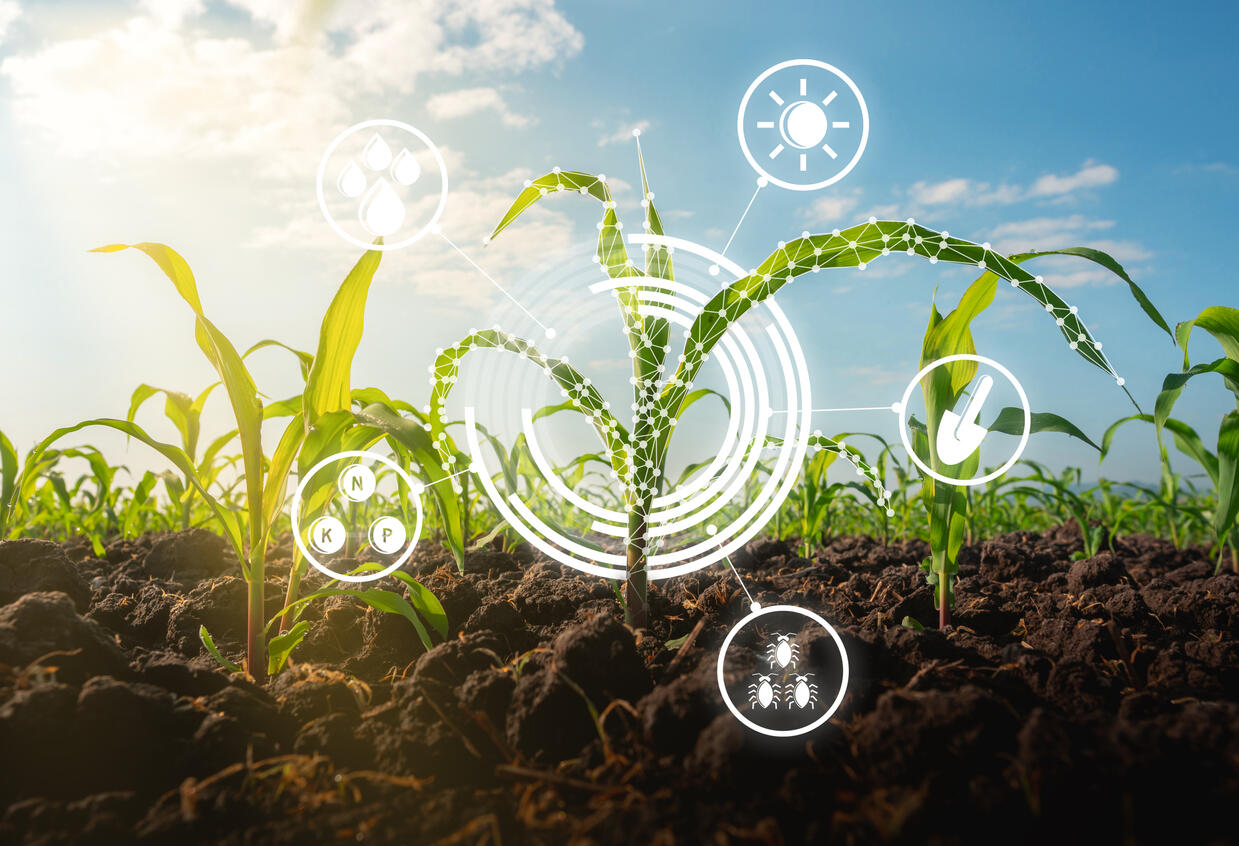How AI innovation is improving agricultural efficiency
Commentary: Agricultural innovation is accelerating thanks to AI. Will it be enough?

Image: iStock/lamyai
As I noted recently, organizations often find the biggest success through small steps with artificial intelligence. There are many examples of this at work, but Linux offers a great one. Linux started out as a student desktop experiment before it creeped slowly into companies as a reliable print server before eventually taking over the data center and the cloud (and Mars–it’s on both the Chinese and U.S. rovers there). Incremental steps can add up to big things.
In the area of food production, it needs to. After all, if food production must nearly double as the global population reaches 10 billion by mid-century, as land under cultivation shrinks, we’re likely going to need AI to step up to help feed all those people sustainably. But how?
SEE: Agriculture 4.0: How digital farming is revolutionizing the future of food (cover story PDF) (TechRepublic)
Agriculture goes high-tech
One answer is to improve efficiencies through digital farming and AI. If we can get more and better crops out of less land, we also accomplish other worthwhile goals like helping to save family farms, mitigate climate change, save water, reduce pollution and build a better future on more sustainable agriculture that is better for us and for the planet.
Let’s look at one early pioneer in AgTech called xarvio, based in the Netherlands. Founded six years ago, xarvio offers digital products based on a reinforcement learning, AI-powered crop model system that can manage real-time and historical crop, water and other key data (annotated by Labelbox) that delivers independent field-zone-specific agronomic advice so farmers can produce their crops more efficiently and sustainably. They offer three products–Scouting (which is free), plus Field Manager and Healthy Fields–that are used by more than two million farmers in more than 100 countries worldwide.
That kind of customer acquisition would be impressive in any field, but in the normally slow-moving agriculture market? That’s hyperspeed.
The reason for that growth comes down to convenience. Scouting automatically identifies in-field problems just by taking photos. Scouting determines weed types, classifies and counts insects in the yellow trap, recognizes diseases, analyses leaf damage and shows the nitrogen status. Additionally, farmers can see the history of their scouting trips and have access to the community-based scouting radar to have an overview of crop stress in their own area.
SEE: How self-driving tractors, AI, and precision agriculture will save us from the impending food crisis (cover story PDF) (TechRepublic)
Xarvio’s commercial product, Field Manager, is available as an app or web solution, supporting farmers across the growing cycle by helping them make better crop production decisions around dosing (water, fertilizer, insecticide, timing, etc…). Farmers get more from their fields and field zones, save time, while optimizing crop production decisions.
With xarvio’s other commercial product, Healthy Fields, farmers get field-zone specific disease management with a health guarantee for crops. The farmer is relieved of complex work tasks with software that guides them through every step. If the disease-related leaf damages on a field at the end of a season are greater than agreed in advance, the farmer gets money back from xarvio.
How does AI play into this?
Putting AI to work
As a central part of xarvio’s machine learning pipeline, images are uploaded to the Labelbox platform and labelers first define an object in an image by drawing a box or outline around it or highlighting the portion of a plant that’s damaged, for example. The Labelbox system does an automatic categorization based on what it has learned from past images in the dataset. Then labelers with a strong agriculture background pre-classify the image, choosing an identification or annotating which part of a leaf is good, for example, and which part is bad.
SEE: Smart farming: How IoT, robotics, and AI are tackling one of the biggest problems of the century (cover story PDF) (TechRepublic)
Outside industry experts use Labelbox to conduct quality control by doing a final check of the labels before the image is moved into the training data set to further train the model. Xarvio relies on experts across different continents because image identification requires local knowledge. The labeling process is an iterative cycle since new training data continues to increase the accuracy of the algorithms so xarvio can quickly add new features to its applications.
The stakes are high here. Agriculture accounts for roughly 10% of greenhouse gas emissions from human activities within the U.S., according to the Environmental Protection Agency. More importantly, farms occupy about 40% to 50% of the Earth’s land surface. Managed correctly, agricultural lands can act as a carbon sink, drawing CO2 out of the atmosphere and storing it in the ground. Managed incorrectly, agricultural lands can act as a carbon source, releasing net CO2 into the atmosphere.
AI isn’t a panacea, but it has the potential to help us dramatically improve agricultural production…one farm at a time.
Disclosure: I work for AWS, but the views expressed herein are mine.
Also see
For all the latest Technology News Click Here
For the latest news and updates, follow us on Google News.


